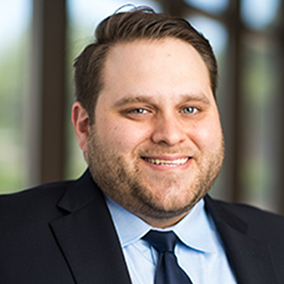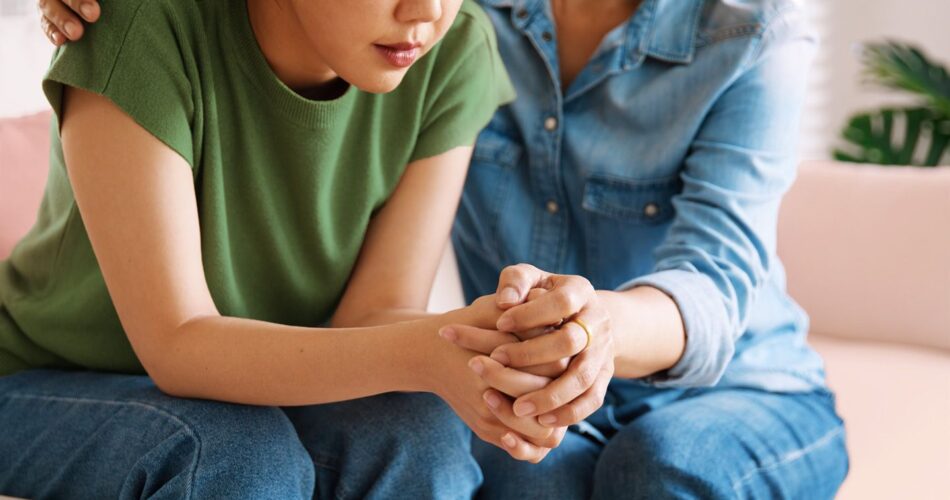MC3 Consulting Psychiatrist, Dr. Nasuh Malas, was quoted in a Relias Media article, “Clinical Pathways Combat Mental Health Stigma in EDs.”
Standardized, evidence-based clinical pathways are an effective approach to combat stigma toward individuals with mental illness in the ED setting, reports Nasuh Malas, MD, MPH, division director and service chief of Child and Adolescent Psychiatry at University of Michigan Health System.
“It is important for EDs to combat this stigma,” stresses Malas. “Everyone inherently has stigma and bias. Our job is not necessarily to eradicate stigma and bias, but to recognize it, and minimize its impact on care,” Malas says.











No Comments |